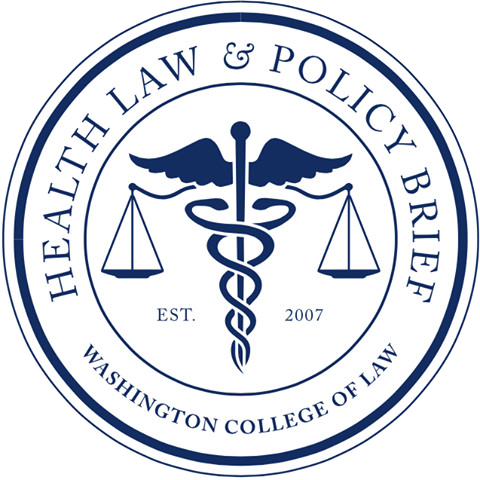Transgender individuals’ access to gender-affirming care is increasingly under attack. In response, various states are protecting access to gender-affirming healthcare through shield laws. While shield laws vary by state, the laws have two primary goals: (1) to protect transgender individuals, their families, and their medical providers against such attacks and (2) to protect access to gender-affirming health care. For instance, if an individual travels from a state where gender-affirming healthcare is banned and receives that care in another state, a shield law can protect the recipient and/or provider of that healthcare against civil or criminal charges from the state where healthcare is banned.
Currently, the makeup of shield laws in the United States is as follows:
- 11 states and the District of Columbia have shield laws protecting access to gender-affirming healthcare,
- 3 states have a shield executive order protecting access to gender-affirming healthcare,
- 36 states and 5 territories have no shield law or policy protecting access to gender-affirming healthcare, and
- 24 states have state bans or restricts gender-affirming healthcare for transgender youth.
In 2022, California passed SB 107, a shield law protecting families of transgender youth under 18 from being criminally prosecuted if they travel to California with their children to obtain gender-affirming healthcare. On Tuesday, March 26, 2024, Sacramento, California, the state’s capital, took that protection one step further: the Sacramento City Council unanimously approved a resolution to protect transgender individuals by declaring the City of Sacramento a sanctuary city. As the City of Sacramento is already a sanctuary city for immigrants, transgender individuals would receive the same protections as immigrants— that no city resources would be used to detain individuals seeking gender-affirming healthcare or cooperate with other jurisdictions to enforce their laws criminalizing gender-affirming healthcare.
The Sacramento City council proclaimed the City as a sanctuary city in preparation of “future legislation that may criminalize those providing or seeking gender-affirming care” as well as its values of equity and inclusion: “It is important for the City of Sacramento to be proactive in reiterating our commitment to transgender rights and equal protections for transgender [individuals] by declaring ourselves a sanctuary city and a place of safety for transgender [individuals]. This resolution would also resolve to ensure the rights of transgender individuals in Sacramento are upheld.”
Sacramento City Councilmember Katie Valenzuela celebrated Sacramento’s adoption of the resolution. Valenzuela posted on X, formerly Twitter, that “[b]y affirming [Sacramento’s] commitment to supporting [the] LGBTQ+ community and ensuring that no city resources or staff time will be used to help enforce these harmful laws in other jurisdictions, the City has taken a step beyond state law and sent a powerful signal to everyone in our community that we are a safe place for everyone.”
Adopting the resolution did not impact the City in any way; it only helped the City. The resolution did not have any financial impact, and it simply guaranteed that none of the City’s resources will be used to enforce laws to restrict access to gender-affirming health care for transgender individuals. As the resolution will better everyone’s lives and has no negative ramifications for the City, other cities and states should adopt similar resolutions deeming their cities or states as sanctuary cities.
